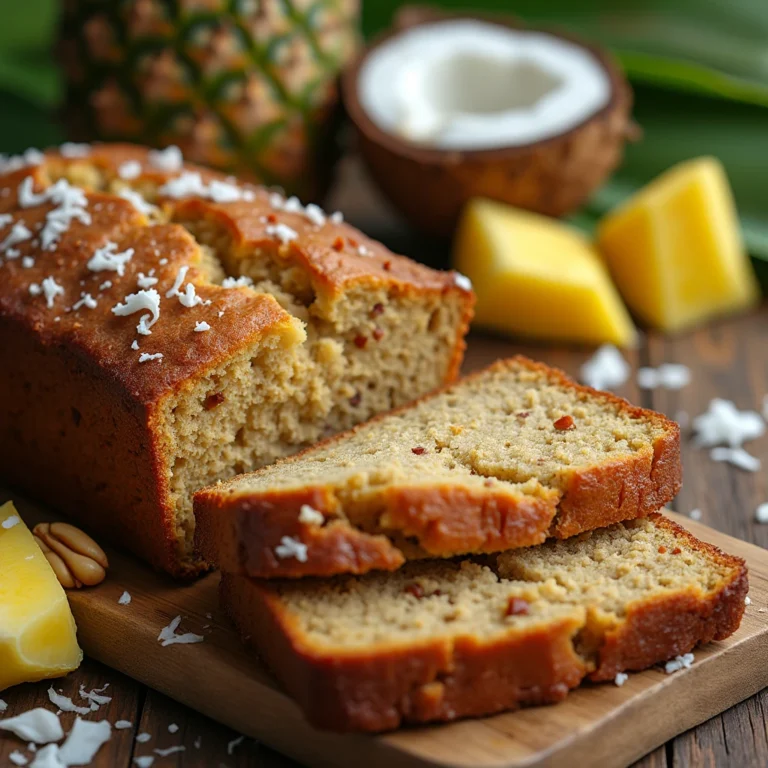Artisan Italian Bread: A Timeless Tradition Worth Savoring
Imagine the warm aroma of freshly baked bread filling your kitchen, the golden crust crackling under your touch, and the first bite revealing a soft, pillowy interior. Artisan Italian bread is not just food; it’s an experience—a blend of tradition, flavor, and craftsmanship that connects you to Italy’s rich culinary heritage. Whether you’re a seasoned baker or just someone looking to recreate that authentic taste at home, this guide will walk you through everything you need to know about artisan Italian bread.
Table of Contents
What Makes Artisan Italian Bread Special?
Unique Characteristics of Artisan Bread
Artisan Italian bread stands out for its simplicity and authenticity. It’s handcrafted using age-old techniques that prioritize quality over speed. Here’s what makes it unique:
- High-quality ingredients: Only a few ingredients—flour, water, salt, and yeast—are used, ensuring each element shines.
- Traditional techniques: The dough is mixed, shaped, and baked by hand, often with a long fermentation process that develops complex flavors.
- Distinctive texture: Expect a crispy crust that contrasts beautifully with an airy, open crumb.
A Brief History of Italian Bread


The story of Italian bread stretches back to ancient Rome, where bread was a staple of daily life. Over time, regions across Italy developed their own versions, influenced by local ingredients and traditions:
- Ciabatta: Originating in Veneto, this bread is known for its chewy texture and open crumb.
- Focaccia: A Ligurian favorite, it’s enriched with olive oil and often topped with herbs.
- Pane Toscano: A saltless bread from Tuscany, perfect for pairing with savory dishes.
Types of Popular Artisan Italian Bread
1. Ciabatta
This rustic bread has a thin, crispy crust and a light, airy interior. It’s perfect for sandwiches or dipping into olive oil.
2. Focaccia
Focaccia is like a canvas for your culinary creativity. Its soft texture and olive oil-rich dough make it ideal for toppings like rosemary, tomatoes, or olives.
3. Pane Toscano
Salt-free but full of character, Pane Toscano pairs wonderfully with flavorful spreads or robust soups.
4. Pane di Altamura
Made from durum wheat, this bread boasts a golden color and nutty flavor, making it a prized choice among bread enthusiasts.
How to Make Artisan Italian Bread at Home
Ingredients You’ll Need
Here’s what you’ll need for a classic ciabatta recipe:
| Ingredient | Quantity | Notes |
|---|---|---|
| All-purpose flour | 500g | Use unbleached for best results. |
| Water | 350ml | Lukewarm water works best. |
| Olive oil | 30ml | Extra virgin is preferred. |
| Yeast | 7g | Use instant or active dry. |
| Salt | 10g | Enhances overall flavor. |
Step-by-Step Instructions
- Mix the dough: Combine flour, water, yeast, and salt in a bowl. Stir until a sticky dough forms.
- First rise: Cover the bowl with a damp towel and let it rise for 12-18 hours at room temperature.
- Shape the dough: Gently transfer the dough onto a floured surface, shape it, and let it rise again for 1-2 hours.
- Bake: Preheat your oven to 220°C (425°F). Bake the dough on a baking stone or tray for 25-30 minutes until golden brown.
Tips for Perfect Artisan Italian Bread
Use a Baking Stone
A baking stone helps distribute heat evenly, ensuring your bread develops a perfect crust.
Create Steam
Add a pan of water to the oven during baking to create steam. This results in a crispy, golden crust.
Experiment with Sourdough
Replace yeast with a sourdough starter to introduce a tangy, complex flavor profile to your bread.
Pairing Artisan Italian Bread with Meals
- Olive oil and balsamic vinegar: A classic pairing for dipping.
- Hearty soups: Pair with minestrone or ribollita for a comforting meal.
- Sandwiches: Use ciabatta for paninis or focaccia for open-faced sandwiches.
- Cheese and charcuterie: Serve sliced bread alongside cheeses and cured meats for a stunning appetizer.
Frequently Asked Questions (FAQs)
What is the difference between artisan bread and regular bread?
Artisan bread is handcrafted with traditional methods and natural ingredients, whereas regular bread is often mass-produced using additives.
How do I store artisan Italian bread?
To keep it fresh, wrap your bread in a clean towel and store it in a bread box. Avoid plastic bags, as they can make the crust soggy.
Can I freeze artisan bread?
Yes! Wrap it tightly in plastic or foil and freeze for up to three months. Thaw at room temperature before reheating.
Why is Pane Toscano saltless?
Pane Toscano’s saltless recipe dates back to historical trade disputes that made salt expensive in Tuscany.
Conclusion
Artisan Italian bread is more than just a culinary delight—it’s a connection to tradition and heritage. By learning how to make it yourself, you can bring the warmth and flavor of Italy into your own home. Whether you’re savoring a slice with olive oil or crafting the perfect sandwich, this bread promises to elevate every meal. So, roll up your sleeves, embrace the art of baking, and enjoy the timeless pleasure of artisan Italian bread.
Ready to start baking? Share your artisan bread creations with us and inspire others to try their hand at this timeless tradition. Let’s keep the love for Italian bread alive, one loaf at a time!








